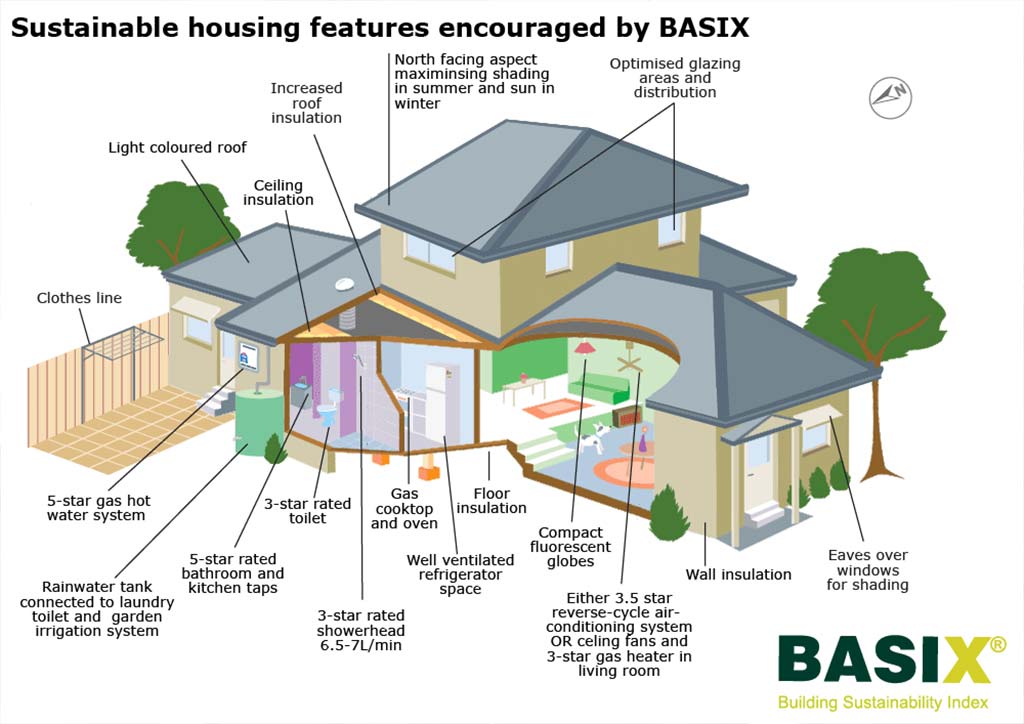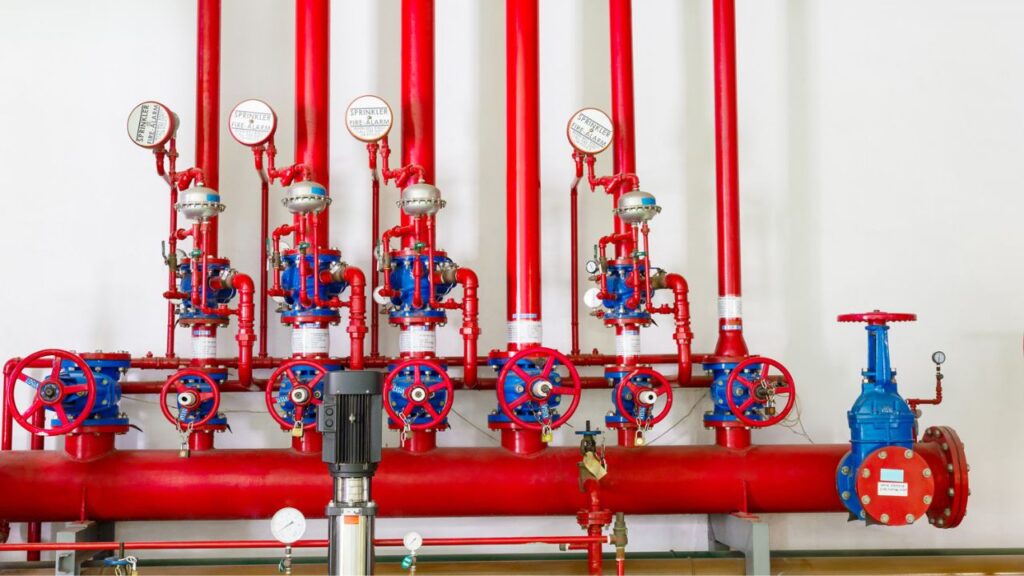What're your opinions on Plumbing Installation 101: All You Need to Know?

Comprehending how your home's plumbing system functions is vital for every homeowner. From supplying clean water for alcohol consumption, cooking, and showering to safely getting rid of wastewater, a well-maintained pipes system is essential for your family members's health and convenience. In this comprehensive overview, we'll check out the intricate network that composes your home's plumbing and offer ideas on maintenance, upgrades, and managing common problems.
Intro
Your home's plumbing system is greater than just a network of pipes; it's an intricate system that ensures you have accessibility to tidy water and effective wastewater elimination. Knowing its elements and just how they work together can assist you prevent costly repair work and make sure every little thing runs efficiently.
Basic Components of a Plumbing System
Pipes and Tubes
At the heart of your pipes system are the pipelines and tubes that carry water throughout your home. These can be made of various materials such as copper, PVC, or PEX, each with its advantages in terms of durability and cost-effectiveness.
Fixtures: Sinks, Toilets, Showers, etc.
Fixtures like sinks, bathrooms, showers, and tubs are where water is utilized in your house. Recognizing just how these fixtures link to the plumbing system assists in identifying issues and preparing upgrades.
Valves and Shut-off Points
Valves manage the flow of water in your plumbing system. Shut-off valves are important during emergencies or when you need to make repair work, enabling you to isolate parts of the system without interrupting water flow to the whole residence.
Water System
Key Water Line
The major water line attaches your home to the municipal supply of water or a personal well. It's where water enters your home and is distributed to different components.
Water Meter and Stress Regulatory Authority
The water meter actions your water use, while a stress regulator ensures that water flows at a safe pressure throughout your home's plumbing system, avoiding damage to pipes and fixtures.
Cold Water vs. Hot Water Lines
Comprehending the distinction between cold water lines, which supply water directly from the primary, and hot water lines, which carry heated water from the water heater, helps in troubleshooting and planning for upgrades.
Drainage System
Drain Pipes and Traps
Drain pipes lug wastewater far from sinks, showers, and commodes to the sewage system or septic system. Catches stop drain gases from entering your home and likewise trap debris that could cause clogs.
Air flow Pipelines
Air flow pipes allow air right into the water drainage system, stopping suction that might slow down drainage and cause traps to vacant. Proper ventilation is essential for keeping the honesty of your pipes system.
Significance of Proper Drainage
Making certain correct drain avoids backups and water damages. On a regular basis cleaning up drains and maintaining catches can stop expensive repairs and expand the life of your pipes system.
Water Heating Unit
Sorts Of Hot Water Heater
Water heaters can be tankless or traditional tank-style. Tankless heating units heat water as needed, while storage tanks store warmed water for instant use.
Updating Your Plumbing System
Reasons for Updating
Upgrading to water-efficient components or changing old pipes can boost water high quality, reduce water costs, and enhance the value of your home.
Modern Pipes Technologies and Their Benefits
Discover innovations like smart leakage detectors, water-saving toilets, and energy-efficient hot water heater that can save money and lower environmental impact.
Expense Considerations and ROI
Determine the upfront expenses versus long-term financial savings when considering pipes upgrades. Lots of upgrades pay for themselves via decreased energy bills and less repair work.
Just How Water Heaters Connect to the Pipes System
Understanding just how water heaters attach to both the cold water supply and hot water circulation lines helps in identifying concerns like insufficient hot water or leakages.
Maintenance Tips for Water Heaters
Consistently flushing your hot water heater to remove sediment, examining the temperature setups, and inspecting for leaks can expand its lifespan and enhance power effectiveness.
Usual Plumbing Problems
Leakages and Their Causes
Leaks can take place due to aging pipelines, loosened fittings, or high water stress. Resolving leaks immediately protects against water damage and mold and mildew development.
Clogs and Obstructions
Obstructions in drains pipes and toilets are commonly brought on by flushing non-flushable products or a build-up of oil and hair. Using drain displays and bearing in mind what drops your drains pipes can prevent blockages.
Indications of Pipes Problems to Watch For
Low water stress, slow-moving drains pipes, foul odors, or unusually high water bills are indications of prospective pipes troubles that should be dealt with immediately.
Pipes Upkeep Tips
Normal Inspections and Checks
Schedule annual plumbing assessments to capture concerns early. Seek signs of leaks, corrosion, or mineral buildup in faucets and showerheads.
DIY Maintenance Tasks
Basic jobs like cleansing tap aerators, looking for commode leakages making use of color tablet computers, or shielding revealed pipelines in cool environments can prevent significant pipes concerns.
When to Call a Professional Plumber
Know when a pipes concern calls for specialist experience. Trying intricate fixings without correct expertise can cause even more damages and higher repair work expenses.
Tips for Lowering Water Use
Basic routines like taking care of leaks quickly, taking shorter showers, and running full lots of washing and meals can save water and lower your utility costs.
Eco-Friendly Pipes Options
Think about sustainable plumbing materials like bamboo for floor covering, which is durable and environment-friendly, or recycled glass for countertops.
Emergency Readiness
Actions to Take During a Plumbing Emergency situation
Know where your shut-off shutoffs are located and exactly how to turn off the water supply in case of a ruptured pipe or significant leakage.
Value of Having Emergency Contacts Convenient
Maintain get in touch with information for neighborhood plumbing technicians or emergency services conveniently offered for quick feedback throughout a plumbing situation.
Ecological Impact and Preservation
Water-Saving Components and Appliances
Installing low-flow taps, showerheads, and toilets can significantly lower water usage without sacrificing efficiency.
DIY Emergency Situation Fixes (When Suitable).
Short-term repairs like using air duct tape to patch a leaking pipe or positioning a bucket under a dripping tap can reduce damages till an expert plumber gets here.
Conclusion.
Recognizing the anatomy of your home's pipes system empowers you to keep it efficiently, saving money and time on fixings. By complying with normal maintenance regimens and staying notified about modern pipes technologies, you can guarantee your pipes system operates successfully for years ahead.
How Should a Plumbing System Be Designed?
What's A Decent Plumbing Design?
A home's mechanical, electrical, and plumbing systems must be carefully considered throughout any construction or renovation projects, whether undertaken from the ground up or reworking existing rooms.
All three go hand in hand, and trained engineers or architects may design effective plumbing system plans. Plumbing problems might arise if the architects and builders who worked on your property neglected to include essential components of good plumbing design.
What Makes Plumbing Plans For Houses So Crucial?
Domestic buildings often have an intricate system of plumbing pipes running throughout the structure. It would help if you thus had a well-thought-out strategy before beginning construction on your new home.
According to teamemergencyplumber.com, a well-drawn plumbing plan for a home will show how the water and sewage systems work together. The MEP installations, of which plumbing systems are a component, contribute to the "creature comforts" of the building and are highly interactive with one another.
Successful Home Plumbing Design
The primary neurological system of every building is its plumbing system. Hence engineers and architects must work together to design it.
Main Building Codes
The plumbing system layout for a home must adhere to all applicable local construction requirements. The number of fixtures permitted on a given drain system, vent stack, the location of supply drains, and lines are all specified by the relevant building regulations.
It is important to have a well-designed plumbing system that complies with all applicable regulations. It is built with meticulous attention to detail so that it may pass muster during building inspections and adhere to all applicable rules and regulations.
Draft Of Supply
These blueprints calculate the approximate lengths and placements of hot and cold water supply lines. The package includes a variety of blueprints, as well as details on water, drain, and vent lines, as well as installation guidelines, legends, and explanatory comments.
Still, the plans don't always account for the fact that the pipes' precise placement may depend on the specifics of each building. Fixture placement, dimensions, the minimum height from the floor, distance from the wall, symbols, and other information are typically included in rough-in plumbing.
Gas Piping
Natural gas and propane appliances may be installed in nearly all homes. Fuel for the stove, oven, furnace, etc., is piped through iron, polyethylene, and steel pipes. Lines are combined using threaded fittings that screw together and are sealed at the joint the seal functions as a protective barrier to keep harmful substances out.
Heightening of the DWV
The system that transports the wastewater and air out of the home is called a Drain-Waste-Vent elevation, or DWV for short. This section addresses the direction that exhaust vents, drain pipes, and traps in plumbing fixtures all point upward. Primarily, it demonstrates how various fixtures' airflow will work. A reference drawing doesn't have to be made directly on top of architectural plans.
Pipes of the Appropriate Dimensions
Pipes must be properly sized to prevent future obstructions and costly repairs. Undersized pipes will prevent the system from working properly and will not fulfill plumbing standards.
Inadequate water pressure from the pipes or inconsistent water temperatures between fixture models is possible issues. Similarly crucial is selecting an appropriate pipe type. PVC pipes are widely used, but they break easily and must be replaced more often than stronger materials like copper or PEX after they're installed in a home.
The efficiency of the plumbing system and the reduction in future maintenance efforts are directly related to the material and size of the pipes.
Access to Water
Engineers and architects must provide workable solutions that propose a contaminant-free, continuous water supply at all times by preventing the connection of freshwater.
In addition, the concept allows for the water supply and DWV systems to be located close to one another, resulting in a hot water loop that helps save water and energy expenditures. Likewise, appropriate water flow is maintained by ensuring water can get from the reservoir to your home.
Electric water pumps in water supply systems enhance efficiency by facilitating seamless water circulation. Strategically placed pumps optimize water flow, reaching every part of the distribution network. To choose an electric water pump, assess your specific requirements, such as flow rate and pressure needs for residential or industrial use. Confirm that the pump's power specifications align with your electrical supply.
Select the appropriate type of pump, considering options like centrifugal or submersible based on your application. Factor in size, portability, and material construction, ensuring corrosion resistance for challenging environments. Evaluate maintenance accessibility and prioritize energy efficiency, considering variable speed options or pumps meeting efficiency standards. Check out Generator Pro to learn how electric pumps work.
Outdoors
The plumbing layout also shows where to attach the outside sinks. Depending on the layout of your home, you may have several outdoor water sources that all work together. However, your engineer or architect can help you determine what fittings will be required.
The plan can also include a water sprinkler system, an in-ground swimming pool, a hot tub, an outdoor kitchen, and a septic tank if necessary. If you ever decide to put your house up for sale, this sort of outside connection is sure to be a big plus.
https://amazingarchitecture.com/articles/how-should-a-plumbing-system-be-designed

I have been very taken with and I am praying you enjoyed the entire page. Liked our piece of writing? Please share it. Help someone else find it. I am grateful for being here. Revisit us soon.
Contact Us